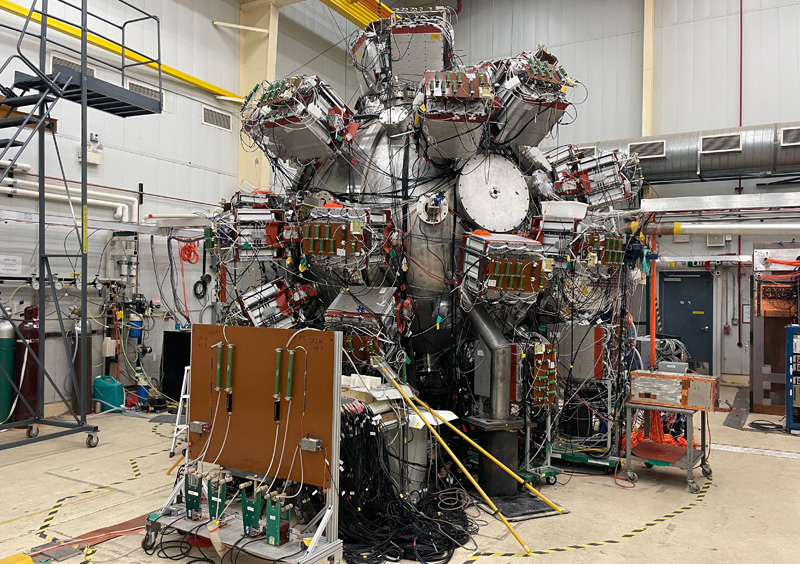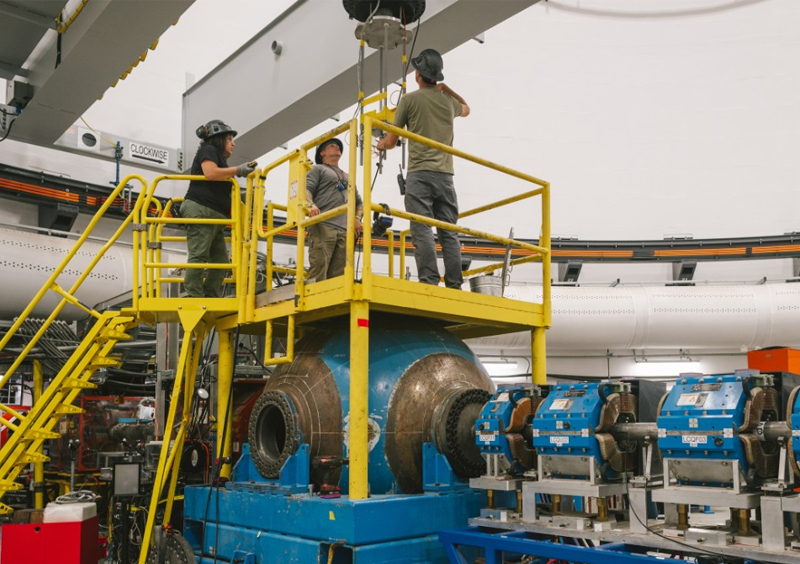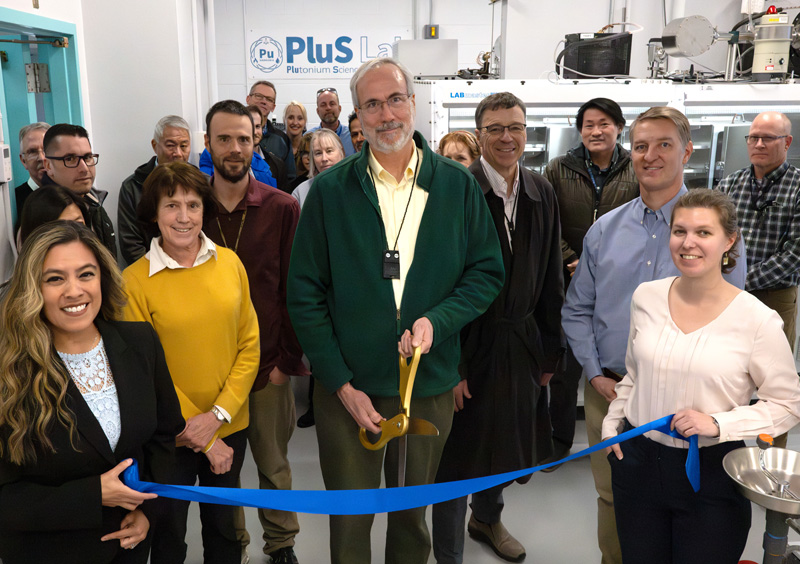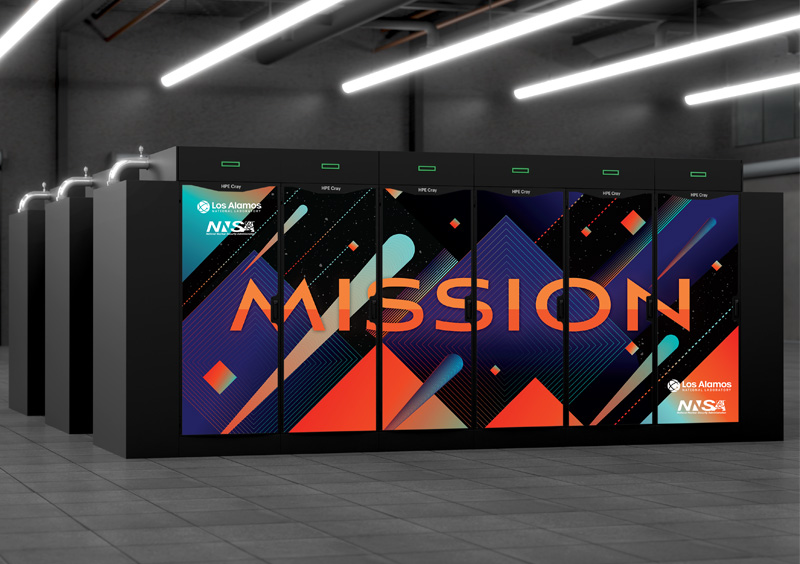Los Alamos National Laboratory is seeking commercialization partners for the Plasma Liner Experiment (PLX), an advanced research platform designed to explore fusion energy and other high-energy plasma applications.
“The Plasma Liner Experiment represents a transformative step forward for both fusion energy and national security applications," said Feng Chu, principal investigator of PLX. "By leveraging a modular, cost-effective platform that doesn’t depend on massive lasers or superconducting magnets, we are opening the door to affordable, scalable solutions.”
Proposals are due by Oct. 4, with partner selection expected by Nov. 15. More information, including submission details, is available through the Richard P. Feynman Center for Innovation at lanl.gov/plx.
About PLX
In addition to its long-term promise as a pathway to fusion power, PLX can immediately provide a unique capability for hypersonic testing under extreme plasma conditions.
PLX works by firing dozens of supersonic plasma jets that merge to form a spherical “liner” of plasma. This liner can compress a magnetized target plasma, creating the conditions needed for fusion, the same process that powers the sun. Unlike traditional approaches, PLX is modular, does not rely on massive magnets or lasers, and can be scaled for different research and industry needs.
In the near term, PLX could provide critical testing capabilities for hypersonic flight, reentry vehicles, and advanced defense systems. Current testing capacity is limited and costly, which makes PLX an attractive new option. In the longer term, it offers a promising pathway to affordable, scalable fusion energy with the potential to deliver abundant, carbon-free power.
About the Richard P. Feynman Center for Innovation
The Richard P. Feynman Center for Innovation connects Los Alamos National Laboratory science and technology with industry, entrepreneurs, and government partners. By fostering collaboration and commercialization, the center helps bring forward innovations that support national security, economic growth, and energy solutions.
LA-UR-25-29261






